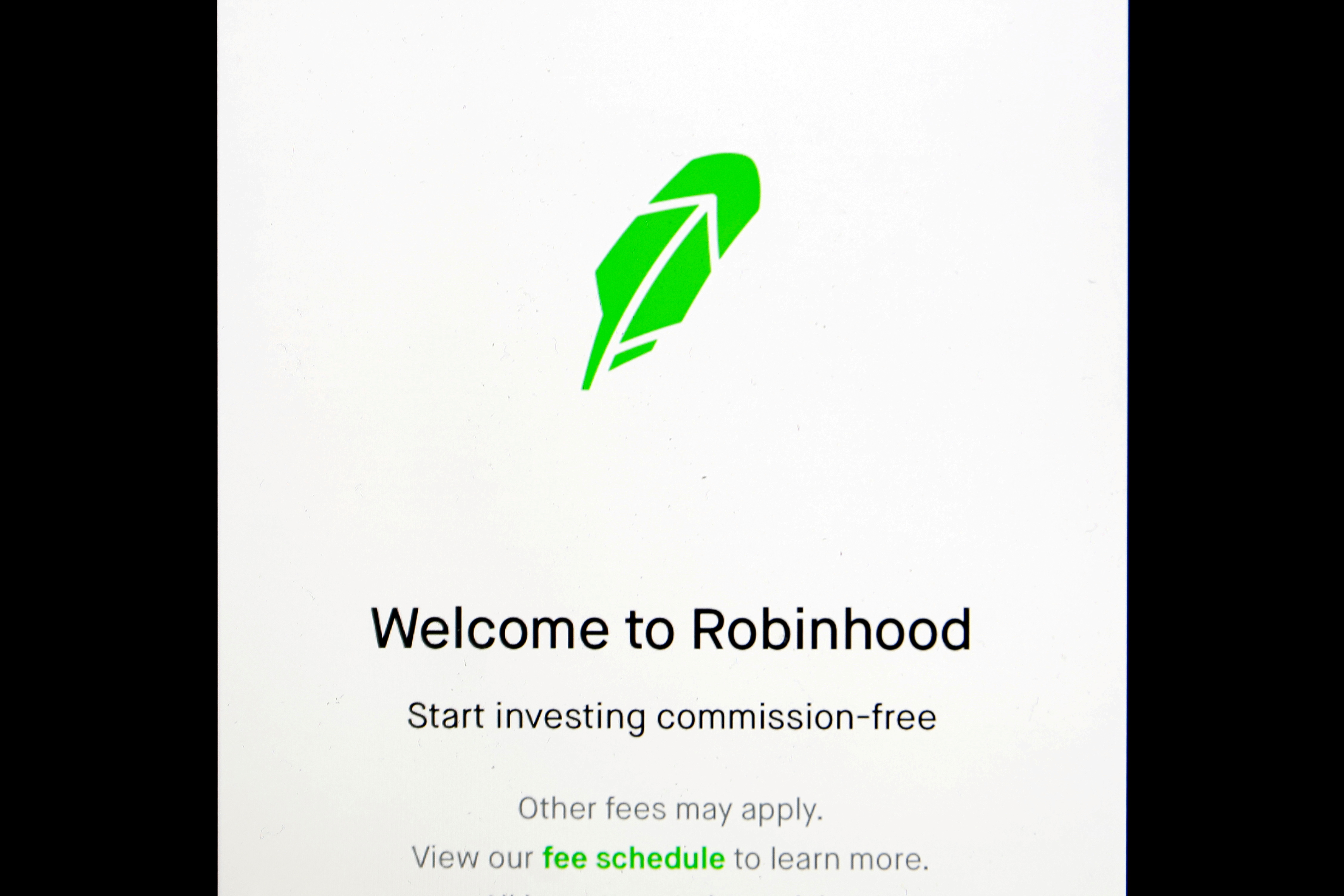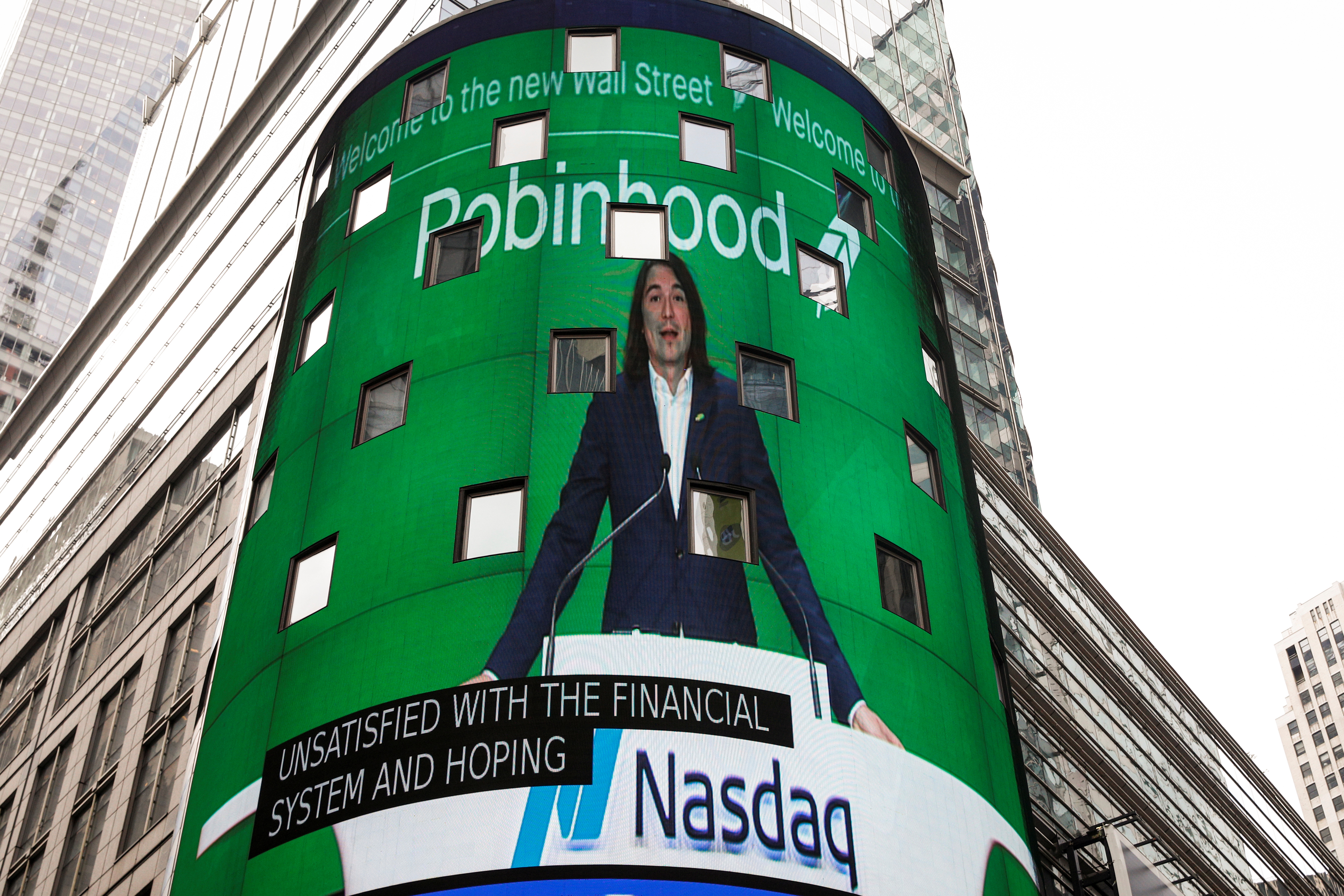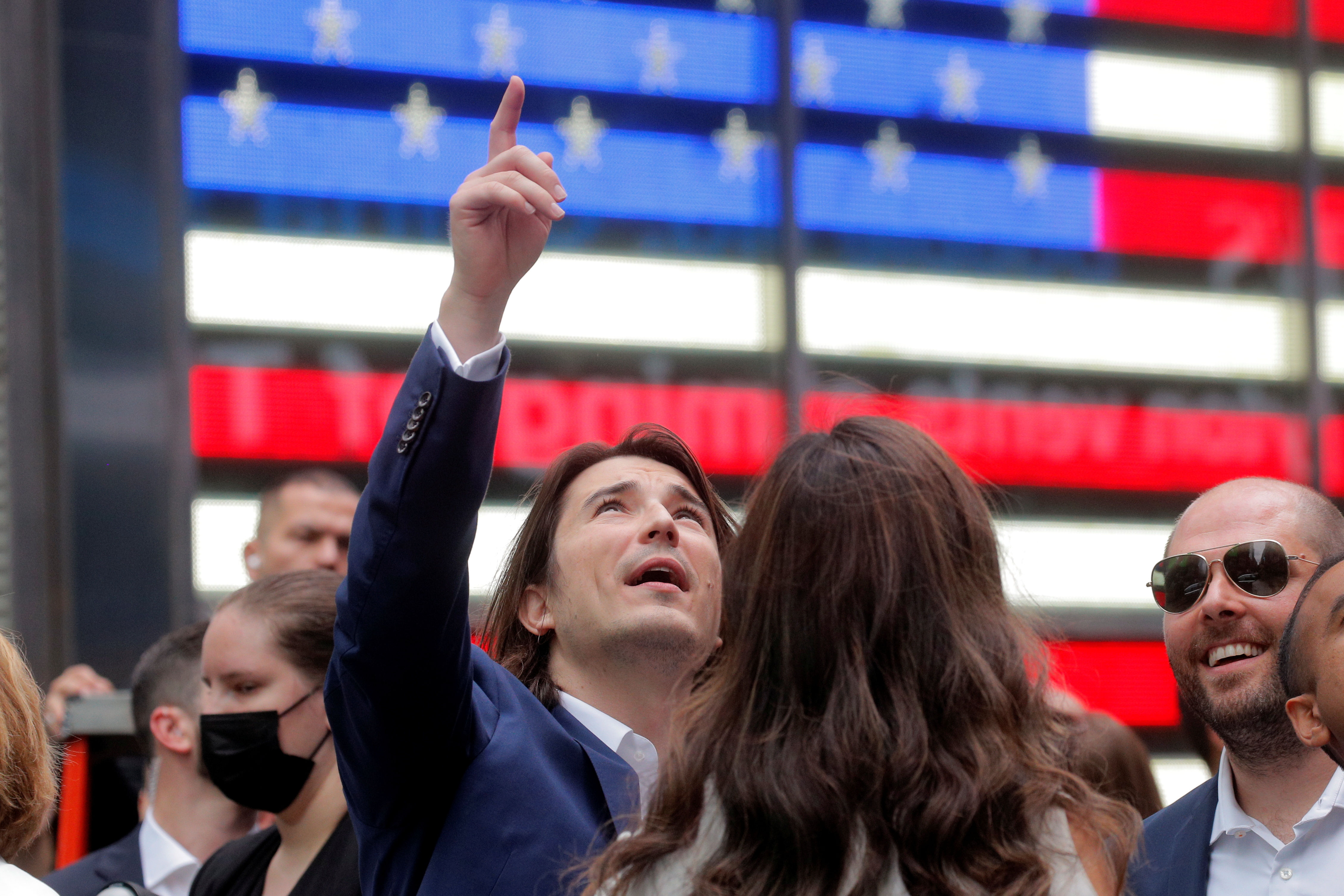Robinhood Markets Inc’s shares (HOOD.O) closed more than 8% lower at $34.82 per share on their first day of trading, as many investors who used the popular trading app to participate in this year’s “meme” stock trading frenzy snubbed its initial public offering (IPO)
Only 16 of the 99 U.S.-listed companies that were worth at least $10 billion when they went public declined on their first day, according to Dealogic, whose data goes back to 1995.
“A year ago we were trading the stock at 15 bucks a share. And our most recent trades in early June were $55 a share (in the private market),” said Glen Anderson, president of Rainmaker Securities, a secondary trading platform for private pre-IPO shares. Anderson said they traded about $200 million in Robinhood stocks in the private market last year.
Robinhood’s easy-to-use interface has made it a hit among young investors trading from home on cryptocurrencies and stocks such as GameStop Corp (GME.N) during the COVID-19 pandemic.
Some IPO investors stayed on the sidelines, citing concerns over its frothy valuation, the risk of regulators cracking down on Robinhood’s business, and lingering anger with the company’s imposition of trading curbs when the meme stock trading frenzy flared in January.
In an unusual move, Robinhood had said it would reserve between 20% and 35% of its shares for its users.



Many IPOs benefit from excluding retail investors, who end up fueling a first-day trading pop by snapping up shares in the open market. By letting many retail investors under the IPO tent, Robinhood made big gains less likely for investors on the first day. “The market believes that institutional investors will hold on for a longer time, and retail investors are more likely to flip,” said Reena Aggarwal, professor of finance at Georgetown University.
Robinhood shares priced at $38 in the IPO.
– Reuters



